Are you considering using peat moss to help seed your lawn and want to learn more about how to apply it? Well, you've come to the right place. We've done the research to guide you when spreading peat moss and how it can help or hurt your lawn.
You can spread peat moss manually, with a rake, or use a special spreader made for peat moss. However, a standard broadcast spreader will not work for peat moss because of its stringy, fluffy texture.
You're probably wondering how thick you need to lay the peat moss onto your grass seed. Or, you have questions about how often you'll need to water it. Keep reading to learn all about using peat moss for your lawn.
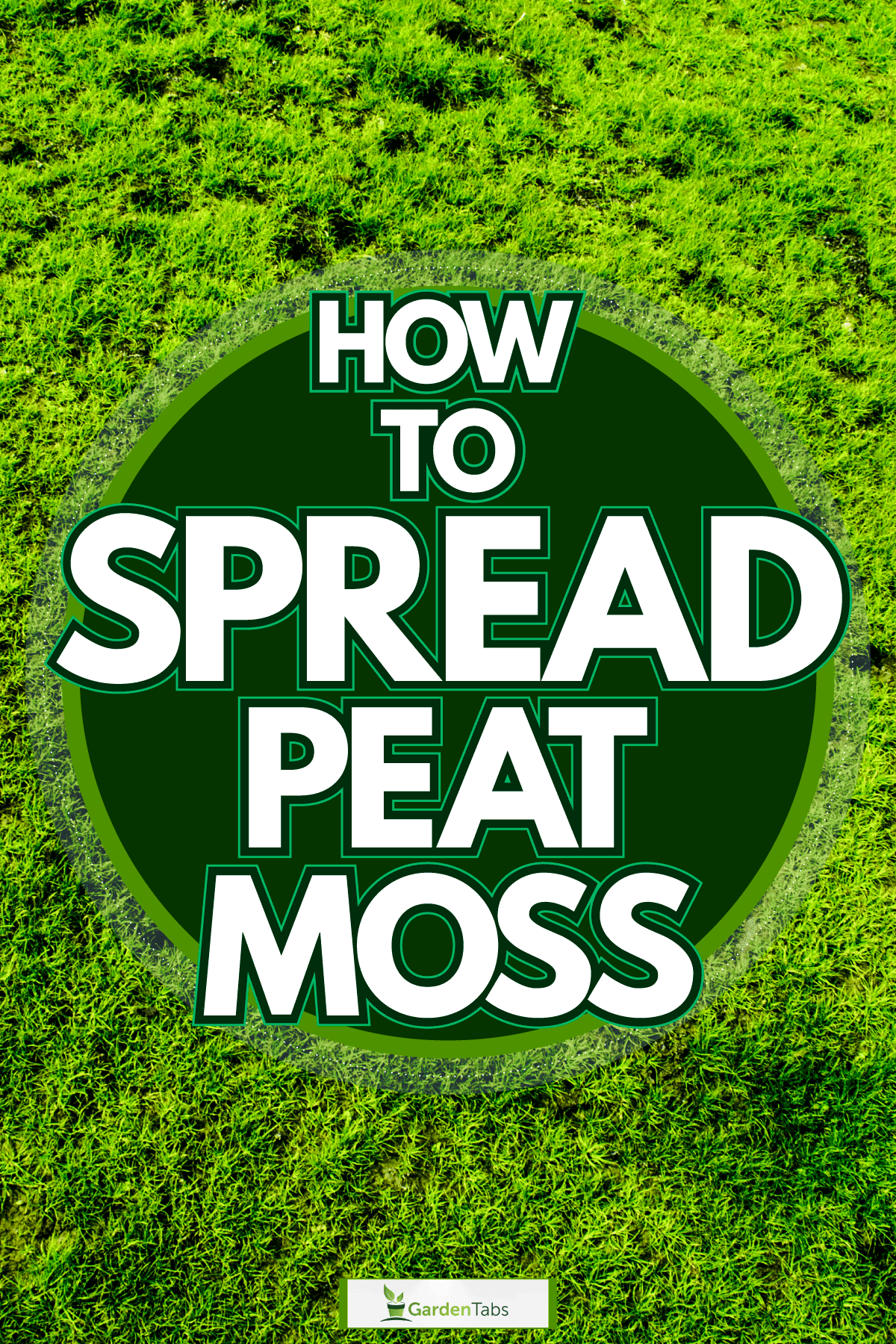
How Do You Apply Peat Moss To Your Lawn?
Applying peat moss over your grass seed isn't difficult, so it's a great do-it-yourself task. Also, depending on the size of your lawn, it's a quick and simple process that most can finish over a weekend.
- Start by mowing your lawn down to about 2-inches in height.
- Aerate your lawn to encourage seed growth and reduce soil compaction.
- Use a standard broadcast spreader to lay your grass seed across the entire lawn.
- Next, spread your peat moss over the seeded areas, creating a layer between 1/8"-inch and 1/4"-inch in depth.
- Finally, soak the area with water and keep it moist until the grass begins to sprout.
What's The Best Way To Spread Peat Moss?
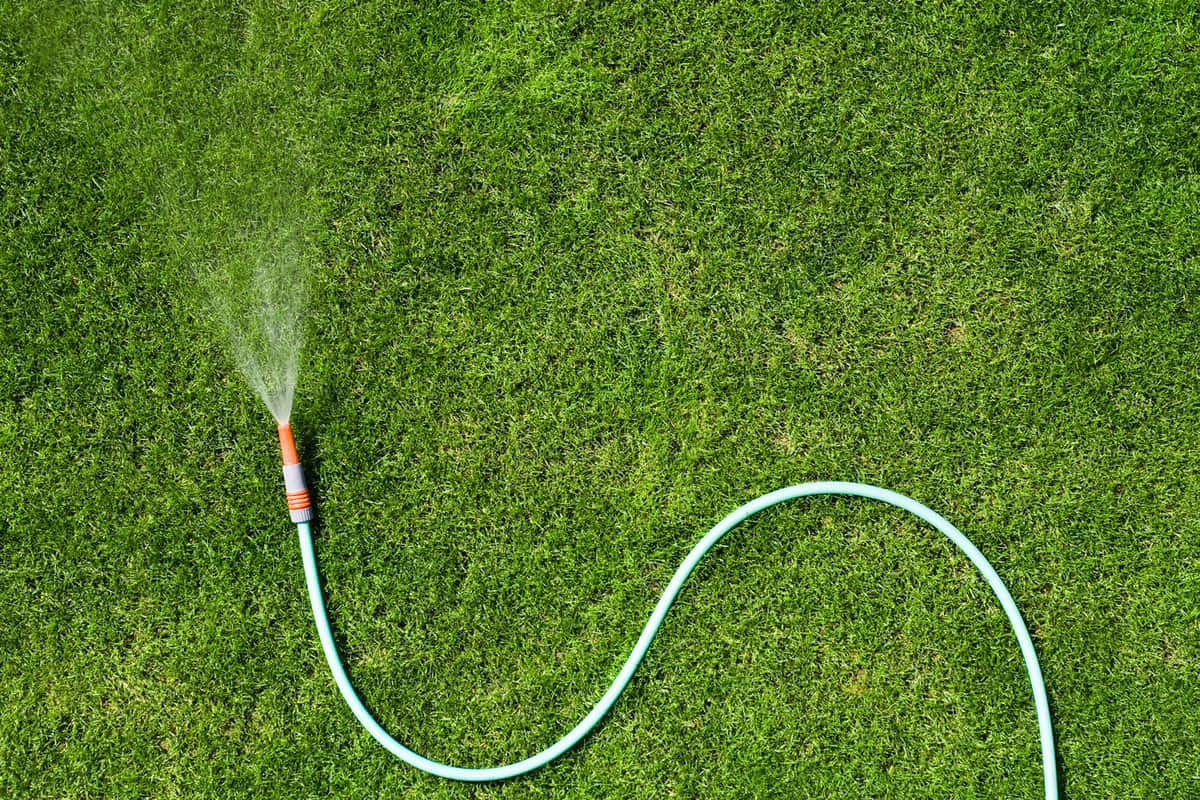
Using a peat moss spreader is the quickest, easiest method to spread moss over your lawn. A rake will work just as well, but it takes longer and requires more effort.
Spreading peat moss by hand is the most time-consuming method. But it works just fine if you have the time and effort to spare.
Walensee 24-Inch Pet Moss Spreader
This peat moss spreader is great for spreading compost and manure. It's 24-inches wide for quick and efficient application.
Click here to see this spreader on Amazon.
Should You Spread Peat Moss On Your Lawn?
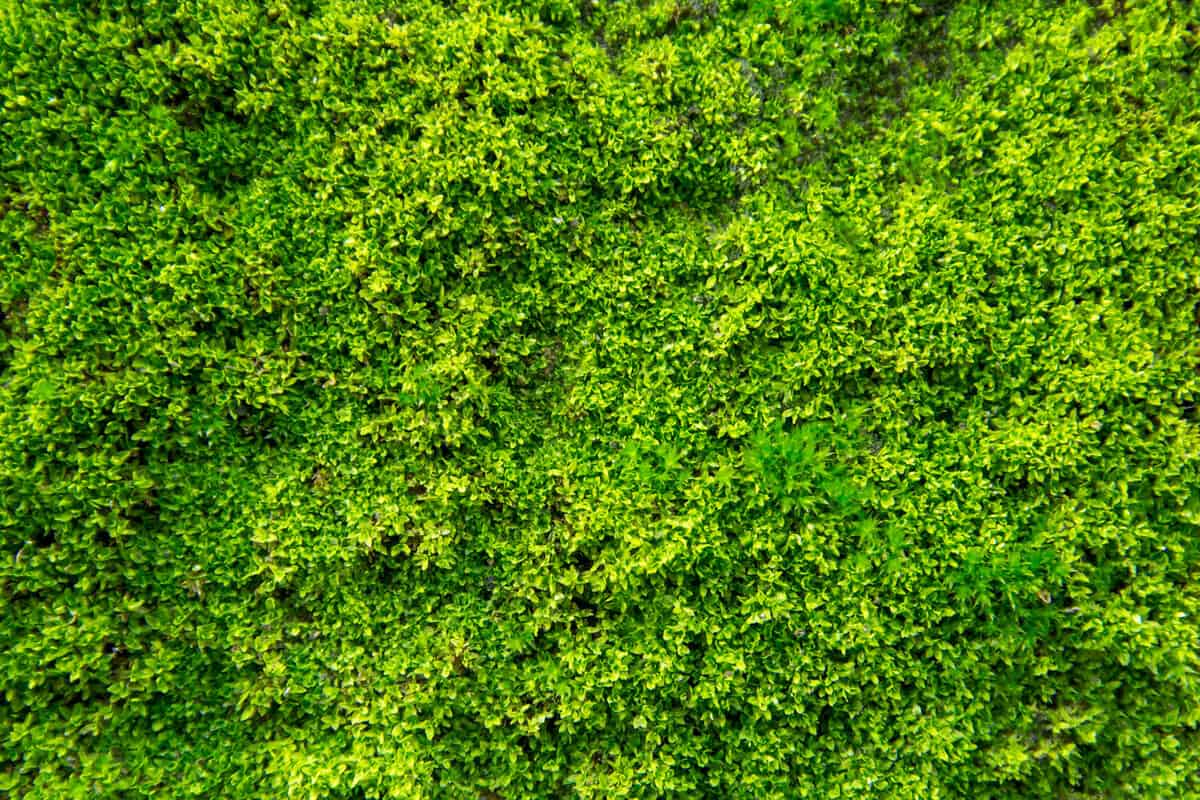
Peat moss helps your grass seed germinate by retaining moisture and providing cover while the seeds are in their most vulnerable state. Although it helps grass grow, it also comes with some caveats.
Peat moss reduces soil quality in the long term by turning soil more acidic as it leeches nutrients. It also contributes little to the earth when it degrades.
Another negative quality of peat moss is that it is environmentally unsustainable. Peat moss is harvested by draining naturally occurring swamps, which causes irreparable damage to the ecosystem.
Also, it takes a very long time for peat moss to grow back, so the damage is detrimental.
Are There Alternatives To Peat Moss?
There are some excellent alternatives to peat moss that can work just as well, if not better. Compost is a perfect substitute for peat moss because it's extremely environmentally friendly and contributes nutrients to your soil.
Plus, it provides extra moisture retention and cover for grass seeds. Coconut coir, pine needles, and leaf mold are also wonderful alternatives that are safer for the environment.
Charlie's Compost
This compost is a great alternative to peat moss, and it's healthier for your lawn and the planet. It comes in a 10-pound bag to over plenty of square footage.
Click here to see this compost on Amazon.
How Often Should You Water Peat Moss?
The watering frequency for lawns with a peat moss base will vary depending on your location and the time of the year. Since one of the major benefits of peat moss is its moisture retention abilities, it rarely requires watering often.
Most peat moss lawns will be fine with weekly watering, even during the hot summer months.
How Do You Know When To Water Peat Moss?
Check your lawn by inserting your finger into the soil about 2-inches deep to feel how moist the moss is. If the moss feels fairly dry, it's time to water. But if it's still damp, you can wait a couple more days and check again.
Make sure you check a sunny portion of the lawn since these areas dry out the quickest.
Premier Horticulture Peat Moss
This peat moss comes in a large 60-pound package that's perfect for use as a seed cover. You can also use it in flower beds and vegetable gardens to help aerate the soil and hold moisture for improved growth.
Click here to take a look at this peat moss on Amazon.
Can You Put Too Much Peat Moss On Grass Seeds?

You can put too much peat soil on your seeds, which can prevent the seeds from growing properly. Too much peat moss increases the acidity of the soil, which can stunt seed growth.
A layer of peat moss that's too thick can also block out the sun or create an environment too moist for proper growth.
What To Do If You Put Too Much Peat Moss On Grass Seeds?
If you applied too much pea moss and it's inhibiting the growth of your grass seed, there's still a chance to fix things. Start by raking the area lightly to loosen up some of the peat moss. Mix it around and remove some if needed.
Wait, a few days to see if the seeds will recover and sprout. If you don't see any growth, reseed the lawn and give it a few more days.
TRG Inc. Groundskeeper II Rake
This dethatching rake would work perfectly to spread or gently scrape away a layer of peat moss. It's got a wide rake design to make the job go quicker and metal tines for durability.
Click here to check out this rake on Amazon.
When Should You Overseed With Peat Moss?
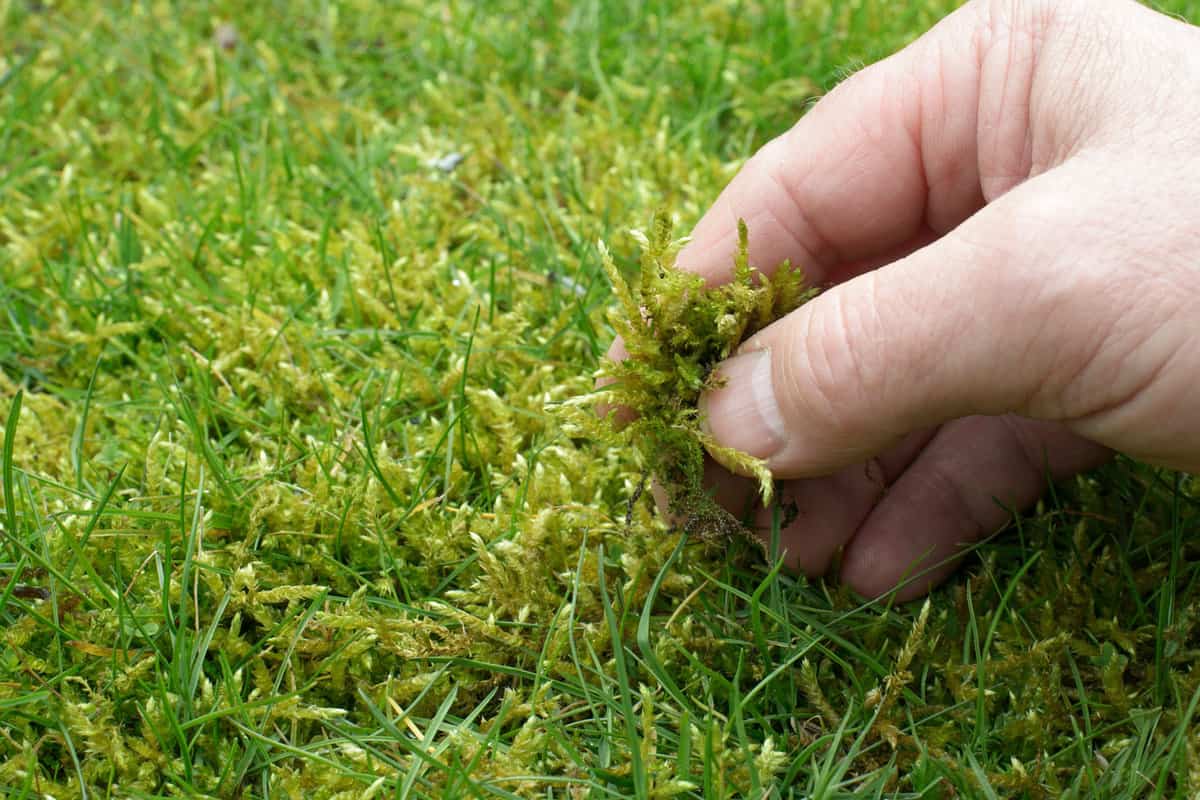
The best time to start overseeding is between late spring and early summer. Grass seeds need warm soil to germinate properly, making this period-perfect for seed growth.
Late spring typically carries plenty of rain for hydration too, reducing the need for manual watering.
How Often Should You Reapply Peat Moss?
A single application of peat moss will contribute to your lawn for at least two years. Pay attention to the water retention of your lawn to determine when to reapply peat moss. If you notice it requires more water to stay healthy, it's probably time to reapply.
Is Peat Moss Good For All Plants?
This will depend on what type of plants you're growing. Since peat moss creates an acidic soil environment, it's best suited for use with plants that prefer acidic soil.
Adding peat moss to vegetable gardens and flower beds can hurt your plants, so check before you add it.
Can Peat Moss Help With Fungus?
Peat moss is a common treatment for Take-All-Patch, a type of fungus that affects grass and kills it in unsightly patches. The acidification of soil caused by peat moss helps kill the fungus and prevent re-infection.
Will Peat Moss Help Muddy Lawns?
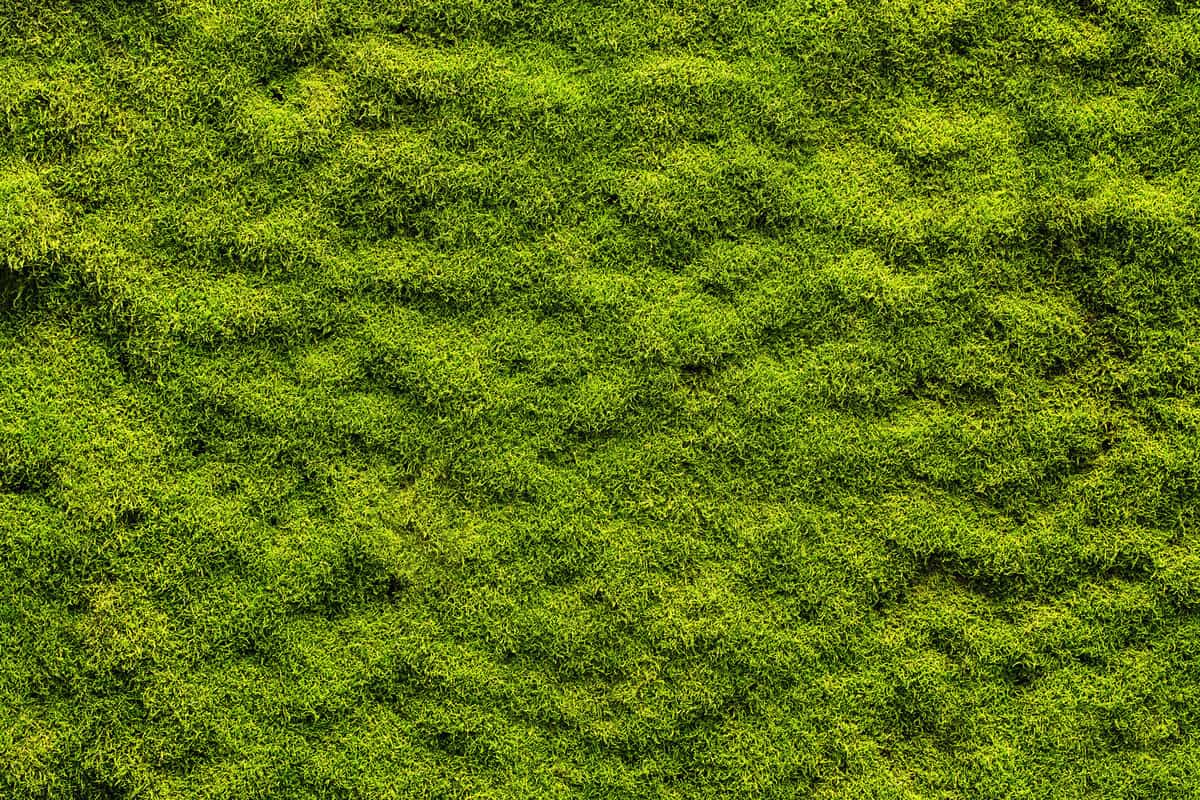
Peat moss isn't a great solution for muddy lawns, as it can make matters worse. Since peat moss is so good at holding moisture, it can prolong the sogginess of your lawn.
The best way to fix a muddy lawn is to provide drainage for the water accumulation. You can improve your gutter system or grade the lawn.
What Else Can Peat Moss Be Used For?
It's good to add peat moss to soil mixes for plants that require a slightly acidic environment, like blueberry bushes and rhododendron. Also, it may be a good addition for a seed starting mix too, when used in moderation.
In small amounts, you can benefit from its moisture retention without changing the pH of the soil too drastically.
The Grass Is Greener
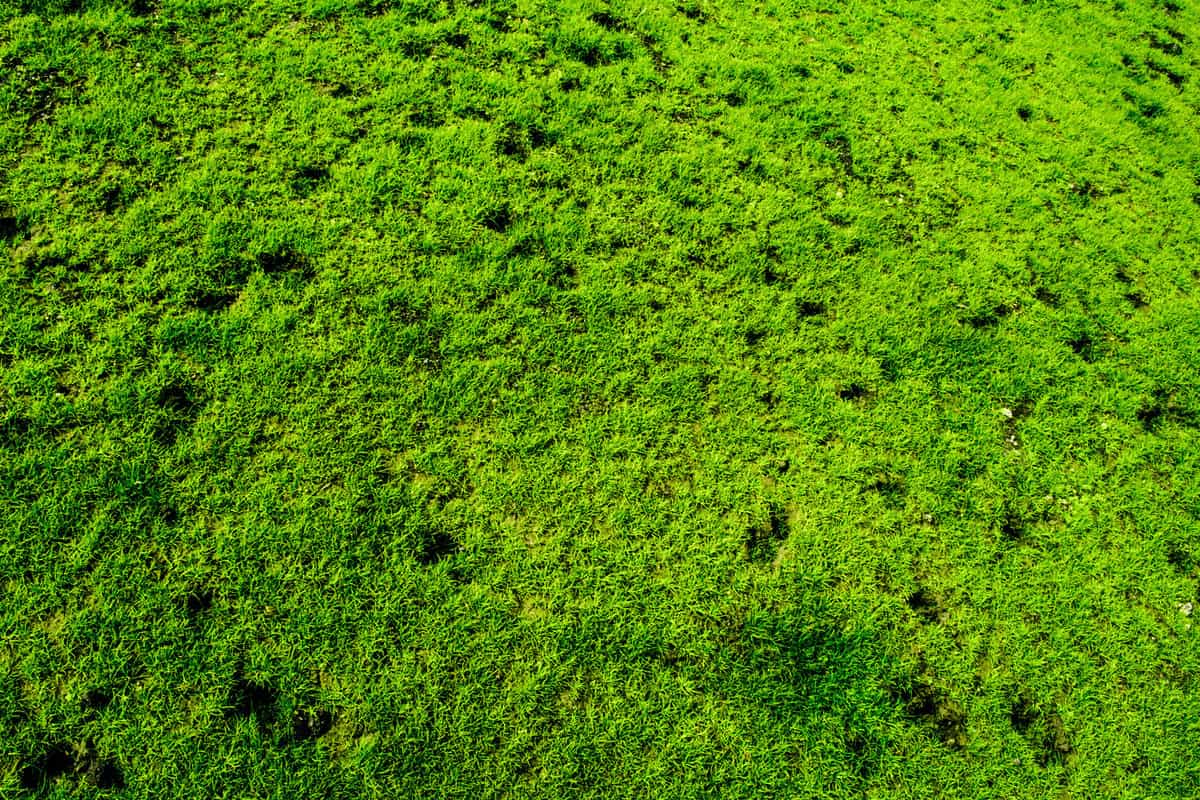
Since you've learned all about using and applying peat moss, you're ready to determine whether it's right for your lawn.
However, remember that using peat moss is a bad choice for the environment. And the peat moss market is contributing to climate change, too.
Have fun landscaping and good luck!
Now That You've Reached The End...
If you want to learn more about aerating your lawn, read our article "Should You Aerate Before Overseeding A Lawn?"
Do you need to decide between using peat moss or compost for overseeding your lawn? Read our article "Compost Or Top Soil For Overseeding? [Which Is Best?]"




